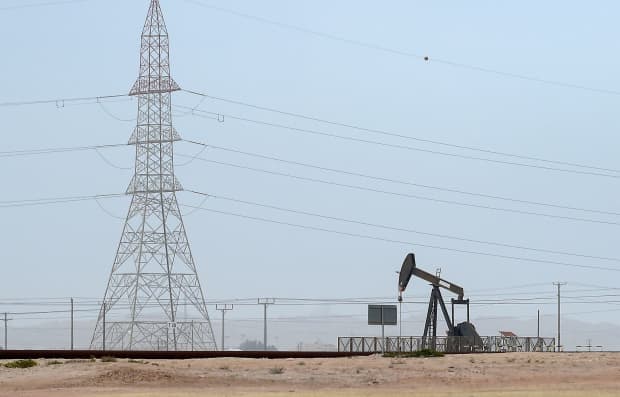
Oil futures rose Friday, with prices up a fifth week in a row and the global benchmark settling at its highest since early March.
The moves come a day after the Organization of the Petroleum Exporting Countries and its allies agreed to unwind production cuts more gradually than originally planned.
After protracted negotiations, OPEC+ announced Thursday that it reached an agreement to pare current production cuts of 7.7 million barrels per day to 7.2 million barrels per day beginning in January, effectively allowing output to rise by only 500,000 barrels a day.
The OPEC+ agreement in April had called for producers to curb output cuts to 5.8 million barrels a day at the start of 2021 through the end of April 2022.
Read: Why the OPEC+ agreement to boost production in 2021 didn’t tank oil prices
“OPEC+ took a lesson from the EU and kicked the (oil) can down the road,” said Marshall Gittler, head of investment research at BDSwiss Group, in a note late Thursday.
The group couldn’t decide whether to increase production by 1.9 million barrels a day as scheduled from Jan.1, or to delay the production hike for three months as had been widely expected before the meeting, he said. So they decided to raise output by 500,000 barrels per day in January and “then hold meetings every month to decide what to do.”
“Each month they will be able to raise or, significantly, to lower production” by 500,000 barrels per day, depending on the market, said Gittler.
West Texas Intermediate crude for January delivery
CLF21,
February Brent crude
BRNG21,
OPEC+’s decision was difficult to reach, and took several more days of negotiation than had been expected, Gittler said. “Some producers wanted to increase production while others were worried about upsetting the fragile balance in the market.”
“The group, therefore, seems to be setting itself up for just a string of difficult meetings every month,” he said.
Even so, the output increase “should still keep the oil market in deficit,” and having monthly meetings will allow producers “to react in real time to developments in an uncertain market, which has its advantages, especially since the agreement includes a mechanism for cutting production as well as raising it,” said Gittler.
Petroleum products traded on Nymex also ended higher, with both gasoline and heating oil futures up five weeks in a row. January gasoline
RBF21,
January natural gas
NGF21,







